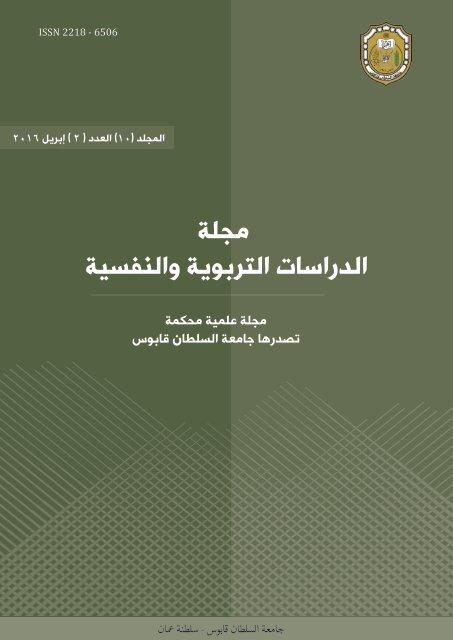An official study said that the sub -schools suffer from structural imbalances, mainly related to the non -favorable social and economic conditions in most rural areas..
These imbalances include, according to "a comparative study of group and branch schools", issued by the Supreme Council for Education, Training and Scientific Research, as sub -schools are present in inappropriate locations, due to the constraints related to the availability of land and the conflict of the interests of the beneficiary circuits.
The study stated that these constraints prompted the Ministry of National Education to establish some sub -schools away from the population circles, and in places that are often unfavorable, whether on the banks of rivers or along the graves, stating that a number of sub -schools were built along some large roads,Away from the targeted population, in order to facilitate its construction process only.
The study of the aforementioned council reported that the construction materials harmful to health, in which sub -schools are constructed, does not meet safety standards, and warned that ready -made construction and cheap “asbestos”, and easily composed, constitutes a threat to the health of students and professors when the fibers decompose and spread in the airOcean.

Although the Ministry of National Education has stopped resorting to ready -made buildings since 1997 to avoid the aforementioned dangers, "asbestos" is still present in old sub -schools, and the possibility of danger remains in these bright and deteriorating buildings..
These sub -schools also suffer from insufficient functional housing, and the weak educational and administrative supervision closely, not to mention insufficient pedagogical and material structure, in addition to an improper demographic transmission;As the number of birth rates decreased as a result of rural immigration, which threatens the survival of those schools.
Nearly 80 percent of the sub -schools are forced to choose education in multi -level departments, which would undermine the quality of learning for students.
According to the official data, the sub -schools in remote circuits contributed to the development of the school presentation in the rural areas;The number has doubled three times, as it moved from less than 4000 schools in 1975 to 13401 schools in 2010, and after this year the number of these schools remained stable, and even witnesses a slight decline from one year to year..
The decline in the number of sub -schools is explained by the entry into force of the emergency program, which, among other matters, called for the gradual closure of sub -schools and compensating them in group schools..
It is evident from the official data mentioned in the report that the students studying in the sub -schools represent more than half of the students in the rural center, but their percentage has known a steady decrease during the past decade, as it moved from 55 percent in 2010 to 50 percent in 2019.
